
Is It Teething Time? – Signs That A Baby Is Teething
Teething is the dreaded period of parenting known for making parents, and babies I’m sure, want to pull their hair out. Though it’s not always a challenging process, for most families it is.
It’s easy to imagine, it’s probably very unpleasant to cut a sharp tooth through sore and swollen gums, so it’s understandable that most of our babies experience pain and discomfort when it comes to teething.
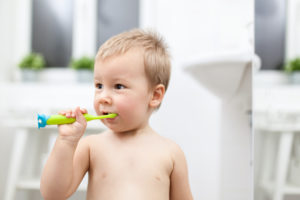
For most first-time parents, including Darin and I, the signs and symptoms of teething can be hard to spot, until a tooth shows up and hindsight becomes 20/20. So to help other parents, I have created a list, full of signs that a baby is teething, so that you can more easily spot teething before it gets too much to bear and help ease your baby’s pain and discomfort sooner.
This post may contain affiliate links, which means I may receive a small commission through purchases made on my site. This is at no extra cost to you, it simply keeps my site up & running. Click here to read more about this is my affiliate disclosure.
When Does Teething Start?
Every baby is different, so when it comes to putting a time frame on things like teething, it varies. On average, babies break their first tooth somewhere between 4-8 months old, but some babies have started earlier than that, and although rare, there have even been cases where babies were born with a few teeth.
Obviously, cases like these are extreme, so it’s safe to say that most babies will break their first teeth around the 4-8 month window. The first teeth that typically breakthrough are the two bottom center teeth (central incisors) and the top center teeth (central incisors) follow a few months after that.
Something important to note about teething is that you shouldn’t necessarily worry if your baby is a late teether. Dentists say that it’s normal for babies to sprout their first teeth even after they are a year old, so if your baby’s teeth have yet to come in, don’t panic. That being said, you can always ask your doctor if you’re worried.
Another wildcard in teething is how many teeth will break through at once. Once again all babies are different, one baby could break 4 teeth at once and another could break one at a time. So it is normal for either of these cases to happen.
With Hayvn, both times she has teethed, she has broken two teeth at once. Right now, she has 3 teeth that have completely broken through the gums (1 broke through yesterday), and the 4th one is still cutting.
Signs & Symptoms Of Teething
Before I get into it, I wanted to point out that teething symptoms can often be confused with cold symptoms or symptoms from another minor infection or illness. Please read the list below with the understanding that I am not a doctor, and this is in no way medical advice, if your child seems ill or has a fever, rash, or changes in their bowel movements, please consult your doctor.
That being said, here is a list of the common signs a baby is teething:
Irritability: Oh my, this one is a big one. When I say irritability, I don’t just mean the occasional fit, or fussiness. I mean like upset, crying all the time unless they are being held. When Hayvn is teething, this is a huge
sign for us. She starts to become very grumpy and everything sets her off. We can always tell that she’s teething because she’s fussier and grumpier than when she’s tired, hungry, or acting out.
Runny Nose: It’s common for babies to have a runny nose when they are teething. The cause is unknown but it’s assumed to be due to an increase in crying. Nonetheless, if your baby starts to develop a runny nose combined with other symptoms, this could indicate teething.
Low-Grade Fever: Sometimes a low-grade fever is associated with teething. It’s important to know that a low-grade fever is defined as
- A temperature of 98-100 degrees Fahrenheit
Please know that a fever is nothing to mess around with and to please call your pediatrician if your baby’s temperature is elevated, just to be safe. Like I said I am not a doctor and this is not medical advice.
Some studies suggest that a fever is associated with teething due to the infant placing their unclean hands in their mouth, which they do a lot when they are teething.
Gnawing/Biting: A big sign of teething is gnawing or biting. To relieve the pressure and discomfort of teething, babies will gnaw and bite anything and everything, especially their hands.
Skin Rash/Drool Rash: Rash is a strong word, and in this case, I would maybe say dry skin as opposed to rash. This is caused by all of the excessive drool that your baby develops when they are teething. The drool gets all-around their mouth and chin and even on their hands and starts to dry the skin out. Hayvn’s hands were so dry they actually began to crack and bleed. You can read about how we fixed that here.
Ear Pulling/Cheek Rubbing: When a baby is teething, you may notice that they start to pull at their ear or rub their cheek. This happens when the pain from breaking a tooth in their jaw travels to their ear and causes discomfort. Their natural reaction is to rub it to release some of that pressure and discomfort.
On a side note, if your baby seems to really be in pain and won’t let you touch their ears, and scream when laid horizontally that can be an indication of an ear infection, so I would call your pediatrician just to be sure.
Coughing: This can be a side effect of teething due to the excessive amount of drool that develops when a baby is teething. It can gather and pool in the back of their throat and cause them to cough.
Diarrhea: Along with coughing, the excessive drool that pools in a baby’s throat, ultimately ends up being swallowed. Due to swallowing all that drool, it can cause your baby’s stool to become loose, resulting in diarrhea.
How To Help Your Little One
So it’s safe to say that all of these signs and symptoms sound miserable and it’s heartbreaking to watch your baby suffer through it. So once your doctor has given you the clear, that your baby is in fact teething there are a few ways you can help them get through these hard times.
Irritability: Cuddles, cuddles, and more cuddles! When your baby is fussy and clingy and just won’t stop crying the
best medicine is to love on them and hold and cuddle them. Think about when you’re sick or not feeling well, all you want is to feel loved and comforted. The same goes for your baby, so hold them and spoil them, these times won’t last forever momma!
Runny Nose: Unfortunately, there isn’t much you can do to help a runny nose in a baby, but there are things you can avoid, such as using too much tissue, or rubbing the area raw. So in order to help your baby’s runny nose, you can use kid-friendly nose wipes that are more sensitive to baby’s skin and don’t cause that area to become sore and tender. You can also use Aquaphor or Vaseline at night to keep the area hydrated and prevent irritated, dry and cracking skin.
Another option is to get rid of the snot all together by using the Nose Frida, which in my opinion, is the best thing ever invented when it comes to making motherhood easier. It allows you to get rid of the mucus running from your baby’s nose by using a suction device. This also eliminates the need for tissues and drying out the area even more.
Gnawing/Biting: To help your child with this one, it’s easy. Give them something to gnaw or bite on that will feel good on their gums. I have a great list full of teething toys that are perfect for this! You can find it here.
Low-Grade Fever: Under the direction of your pediatrician, you can ask about pain and fever medication, such as
Tylenol, that cal help relieve and reduce your baby’s fever. Remember to also keep them in light clothing and be sure to not overheat them by using any blankets. I have found that a lukewarm bath helps when Hayvn has a low-grade fever as well.
Skin Rash/Drool Rash: Once you have run this past your pediatrician and it has been ruled as dry skin or drool rash (not something more serious) you can begin to eliminate the dry skin by putting heavy amounts of baby Aquaphor on the affected area. Mommas this stuff is gold and I even use it on myself when I have dry skin. Like I mentioned before, Hayvn got terrible drool rash on her hands, so to prevent it from getting worse, we bought her these teething mittens, which were a lifesaver! You can read more about them here!
Ear Pulling/Cheek Rubbing: If your doctor has ruled out the possibility of an ear infection and you are sure this is due to teething, you can help comfort your baby by giving them a face massage. Hayvn loves when I rub her jaw and gently rub her ears. I think it helps ease the discomfort she’s feeling in her jaw.
Coughing: There really isn’t much you can do to help with the coughing other than helping them cough What I mean by this is that if your baby is coughing while lying on their back, help them by bringing them to a seated position so the drool isn’t pooling up in the back of their throat as much.
Diarrhea: Hydrate, hydrate, hydrate! No matter the cause of diarrhea it is so important to make sure your baby stays hydrated. Seeing as they are so little they can become dehydrated a lot quicker than an adult, so if your baby has diarrhea, be sure to run it by your pediatrician, as well as keep fluids in them every 2 hours. Fluids can be anything such as water, formula, or juice diluted with water, just make sure your baby has a wet diaper every 1-2 hours and stay in contact with your pediatrician.
When To See A Doctor
After reading the list of signs that a baby is teething, its clear to see why parents may mistake a cold or virus for teething. So my advice is to always call your doctor if you’re concerned or notice a change in their well-being.
It’s always better to be safe than sorry, and you should especially never mess around with a fever, rash, or diarrhea.
If you call your doctor and they give you the clear that it may be teething, I would also advise you to ask about giving your baby Tylenol to help ease their symptoms.
The Smile Makes It All Worthwhile!
As you can see teething can be a confusing time for both the parents and their baby, especially if it’s your first go-around. But with this list of signs that a baby is teething, you can begin to narrow down the symptoms and respond to how your baby is reacting.
By knowing the signs, you can more fully understand what your baby may be going through and get them the help they need more quickly.
Did you find this post helpful? I love hearing from my mommas! If you have any teething stories, experiences, or remedies, I would love to hear them, please leave them in the comments below!
XOXO


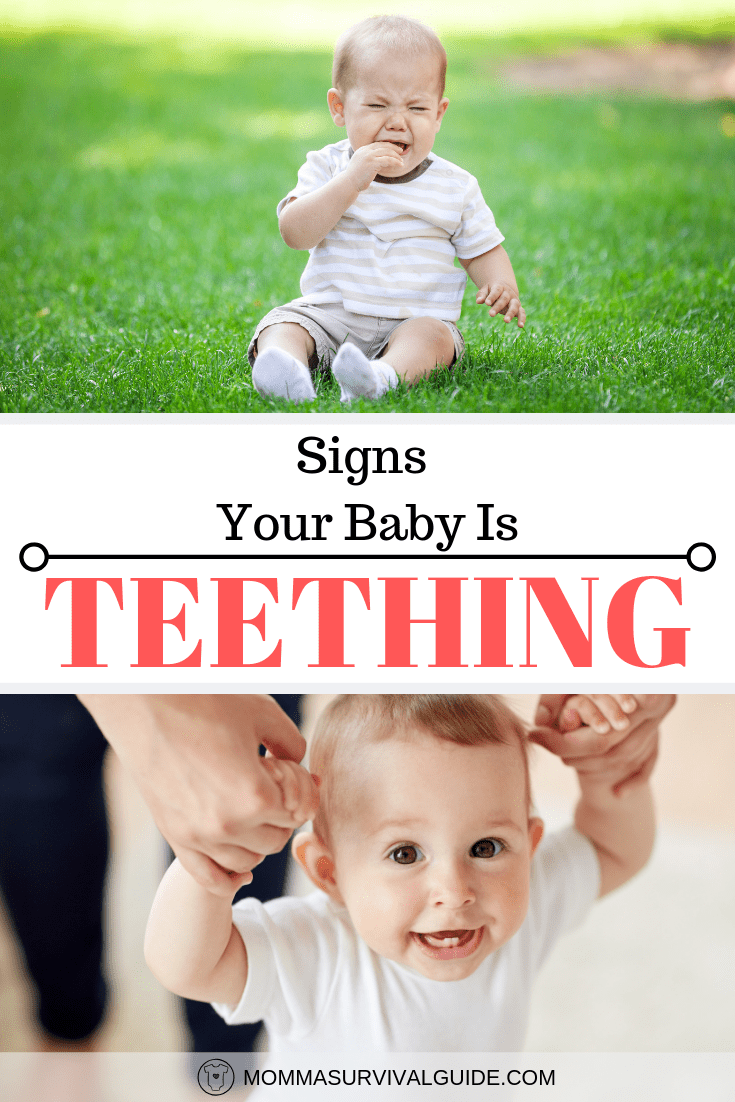
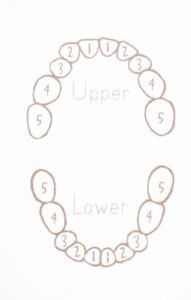
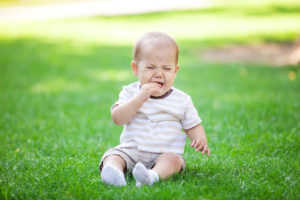
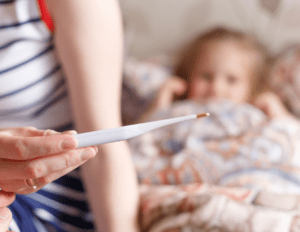



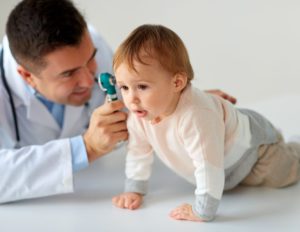

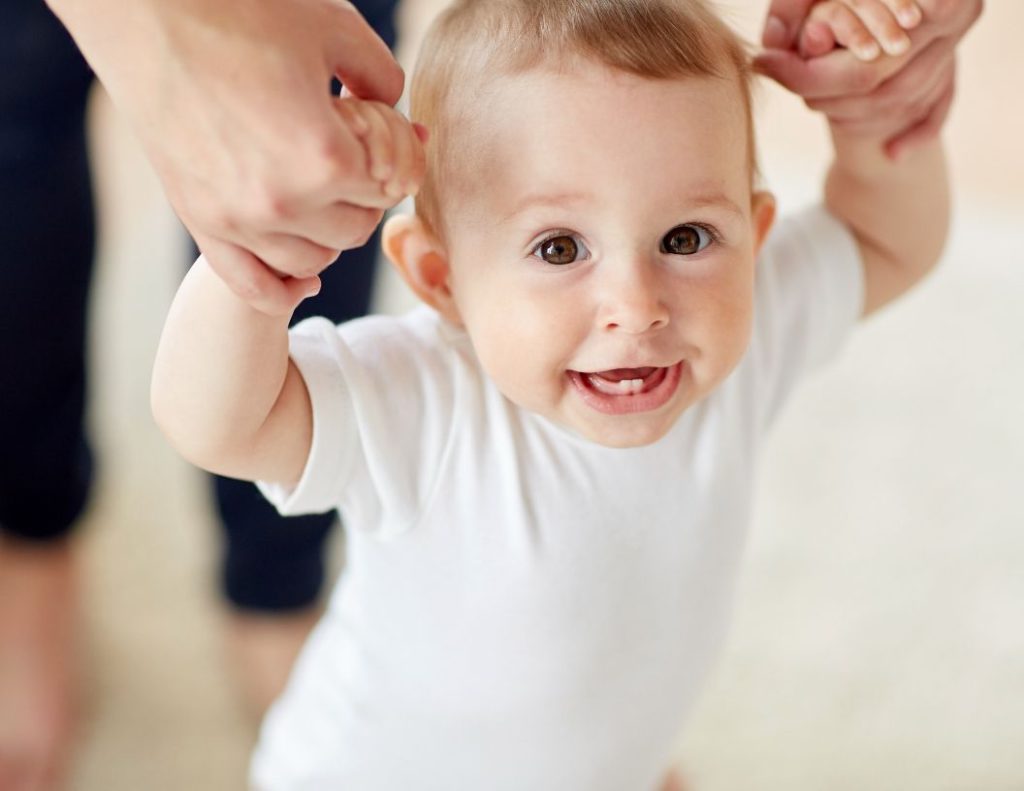
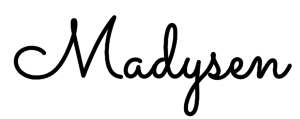



10 Comments
Bobby
Madysen,
Oh yes, I remember when my kids were teething! Those were some difficult times indeed. We would use those freezable teething rings, which would help for a while. Or we used some mesh pouches and put an ice cube in it and let them suck on that. It was a mess, but it was so worth it when the kids started to settle down.
I really liked what you talked about with ear and cheek rubbing. I feel like that symptom goes by the wayside sometimes as we tried to understand why our kids were feeling pain. Sometimes, my son would wake up in the middle of the night and not go back to sleep because of teething, and he would touch his ear often. So, that’s an important one for sure!
Great post! I really appreciated the insight.
Nate
Teething in most cases seems to be very uncomfortable for a baby and it really makes your heart go out to them. If you think about it, a tooth breaking through the gums cannot be very comfortable.
I did not know that a child could go through this process as late as one year. I thought on average maybe 6 months, so I definitely learned something today.
Some of these signs of teething are so similar to a cold and i can see how it can be easily confused as cold symptoms. It takes a sharp eye as a parent to know what to look for and you have made that process very easy with this wonderful post.
Thanks for sharing.
Madysen
Hi Nate!
Yeah, it sounds terrible to break a tooth through swollen tender gums, my heart always breaks for my daughter when she’s teething. And yes, it’s so confusing when they begin to teethe, especially if you’re a first-time parent, so it’s important to watch closely and try to navigate the symptoms. Thanks for reading!
Frank
Great post Madysen, as the father of twin girls, now grown up, I recognize most of the symptoms you mention. Imagine all the crying and tantrums in stereo.
As you say all you can do is give the baby a cuddle and try and soothe them through this phase of their growth. The chewing and gnawing part I remember but we had little toys that were made for teething, they were called teething rings if I remember correctly.
All of the symptoms you mentioned, I witnessed as the twins were growing up. If one caught any disease like chicken pox or mumps, you could be sure the other one would have it a week later just as the first one was getting over it. Aah the memories.
Thanks for your post,
Frank
Madysen
Hi Frank!
Wow teething twins? I can’t even imagine haha you’re a soldier! There are tons of teething toys out there like you mentioned, I actually have a post that lists out the best ones I’ve found you can find it here. Thanks for reading 🙂
Madysen
Hi Bobby!
Those frozen teething rings are awesome! And I love the idea of the ice in the mesh pouch! Anything cold always helps numb the pain. I actually have another post that lists a bunch of the best toys for teething, which you can find here! And my daughter absolutely loves her cheeks and ears rubbed when she’s teething, so I figured it could be helpful to other parents out there. Thanks for stopping by, I appreciate your comment:)
CJ
I got a lot out of this post Madysen, thank you! It would be such a trying time for the poor little ones. The tip to look out for them rubbing their cheek and ear is fantastic. It’s something I wouldn’t have realised. I will also be sure to try the Nose Frida. These posts are perfect for the first-time mums (or any mums) as I wouldn’t have a clue about a lot of these things. Thanks so much for sharing, once again 🙂
Madysen
Hi CJ!
You’re right there is so much to motherhood that people have no clue about, myself included, so I’m so happy to hear that my posts help you:) Teething is one of the hardest challenges we face with our daughter, she turns into a different kid. So comforting her when she’s in pain is the best thing we can do.
The Nose Frida is one of the best baby products to ever be invented, I am so grateful I am a mother in this time because it has been a huge help in many situations even aside from teething, so yes I would definitely give that a try, or add it to your registry! Thanks for your comment, I appreciate you stopping by! 🙂
Tom
Hi Madysen, what a great and informative article on babies teething. I loved reading it. I didn’t know much about babies teething before and it was very valuable to learn what time teething starts and even what teeth are growing first. You also explained what symptoms baby can get during teething and how to help your baby to reduce them. I had no idea that so baby can get so many symptoms duting teeth growth like runny nose, skin rash, fever or even diarrhea. You even shared when parents should get worried and take their baby to a doctor. After reading your article I know what to expect when my baby will start teething and have few great tips how I can help my little one. Thank you for sharing this amazing article with us!
Madysen
Hi Tom! Im so happy you found this post helpful, its important to be aware of the signs of teething so that when your baby starts showing these signs you can better know how to comfort them. Teething is a trying time, and as you saw from this post there are a lot of negative side effects that come with it, but its important to remember that it doesnt last forever and the quicker you can comfort or ease your baby’s pain the better it will be.